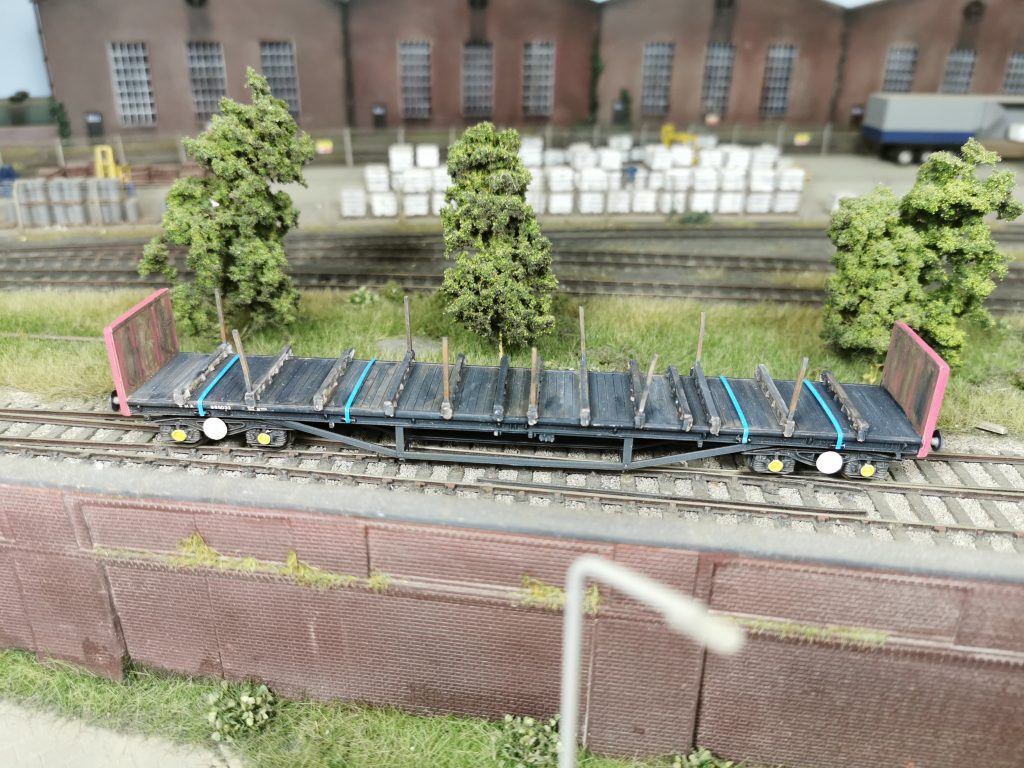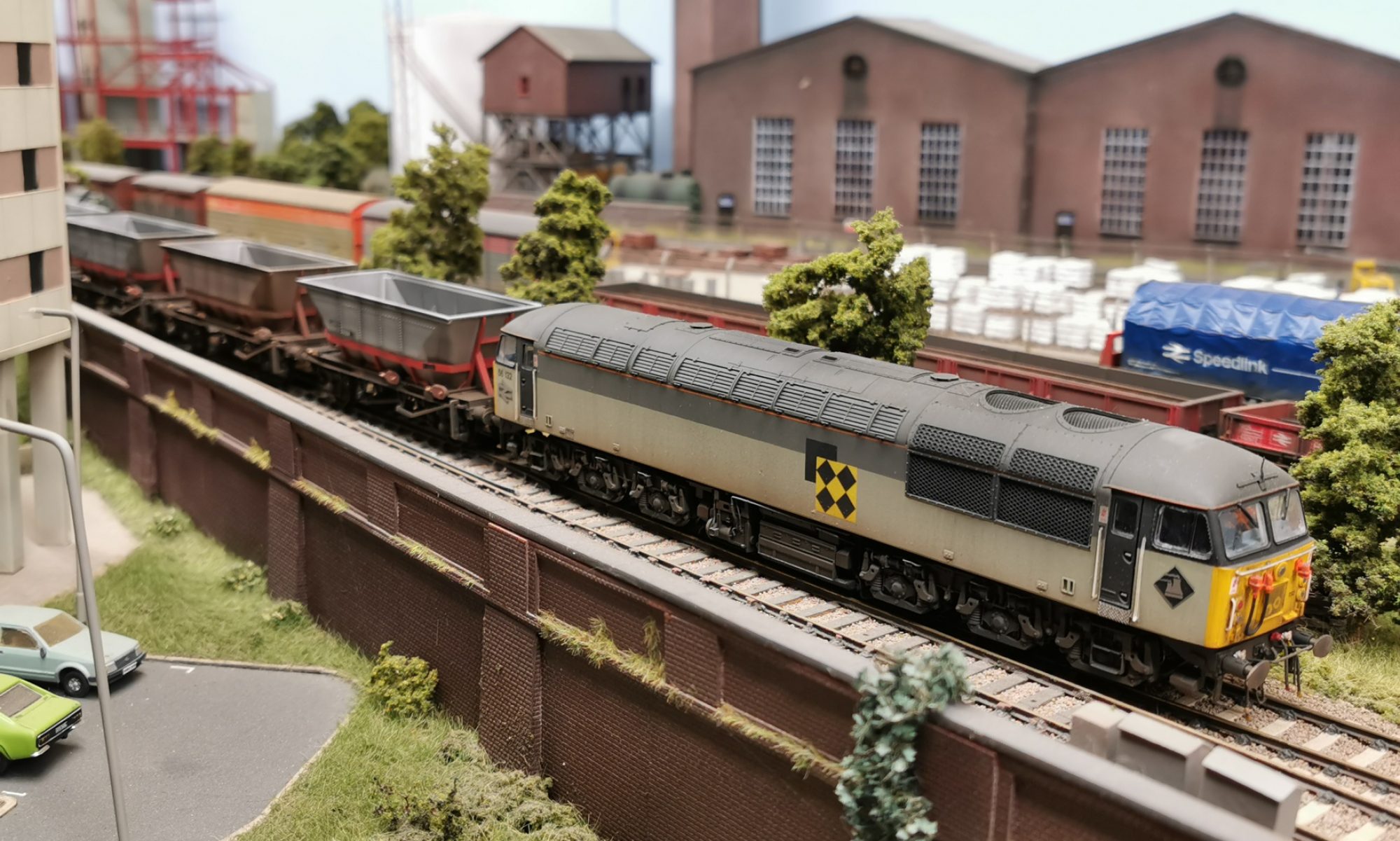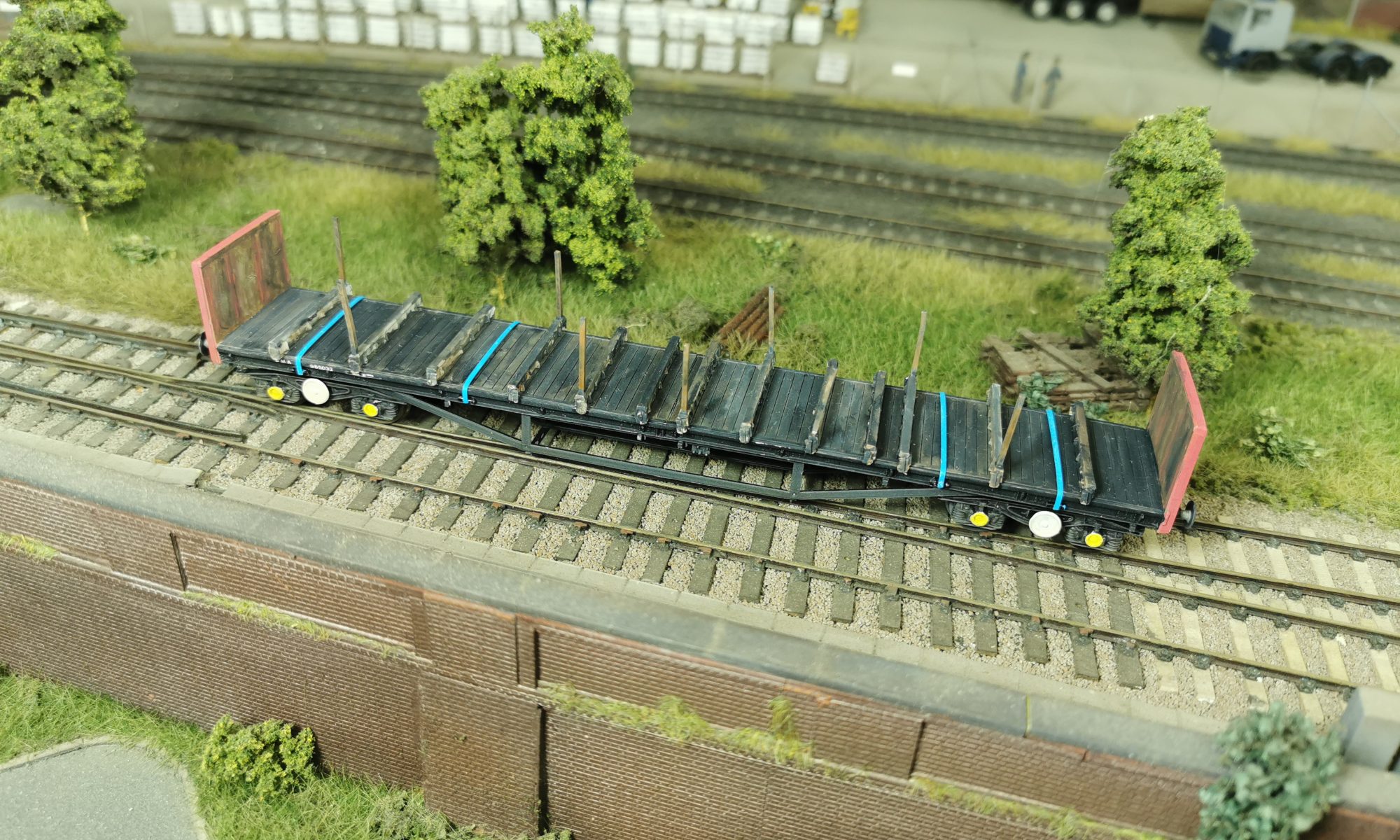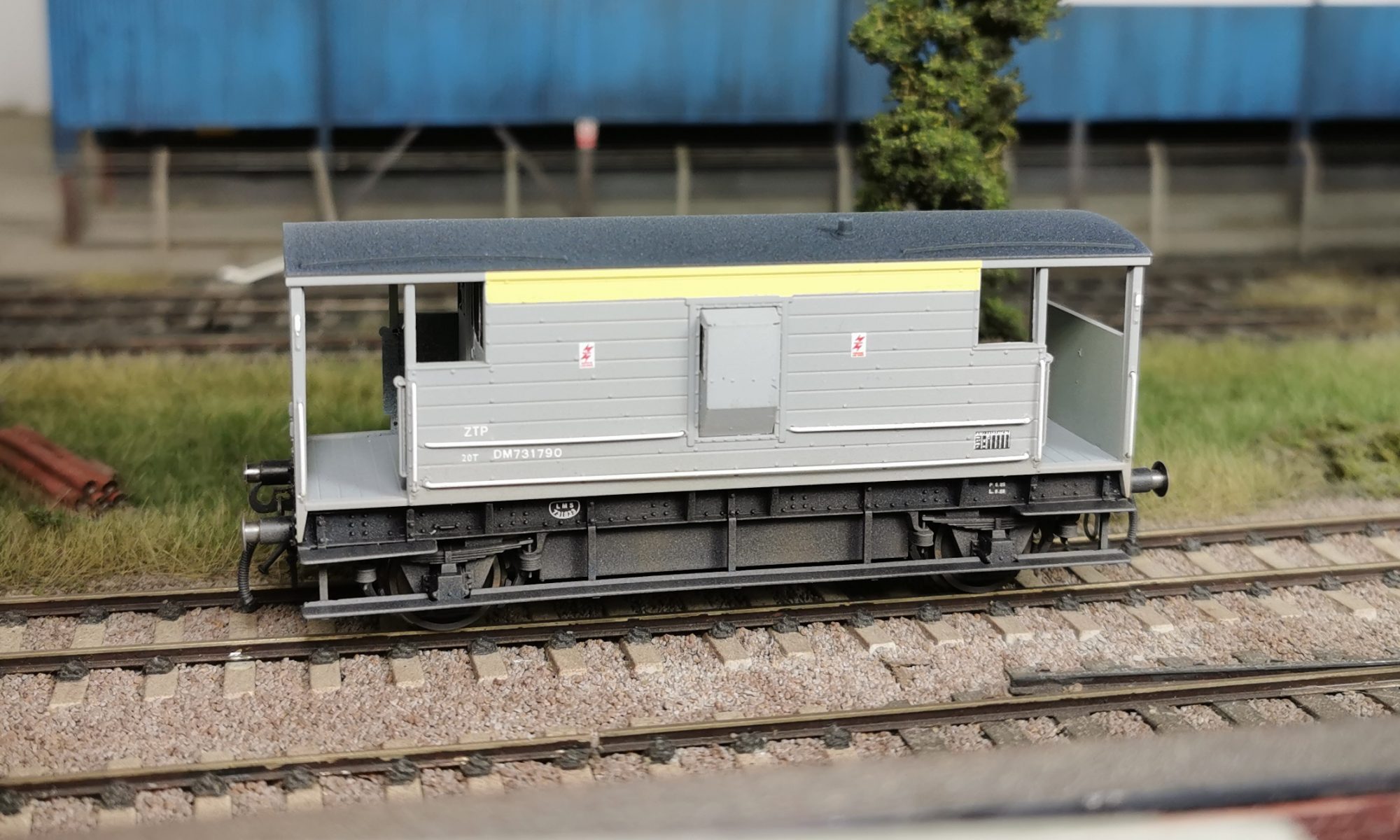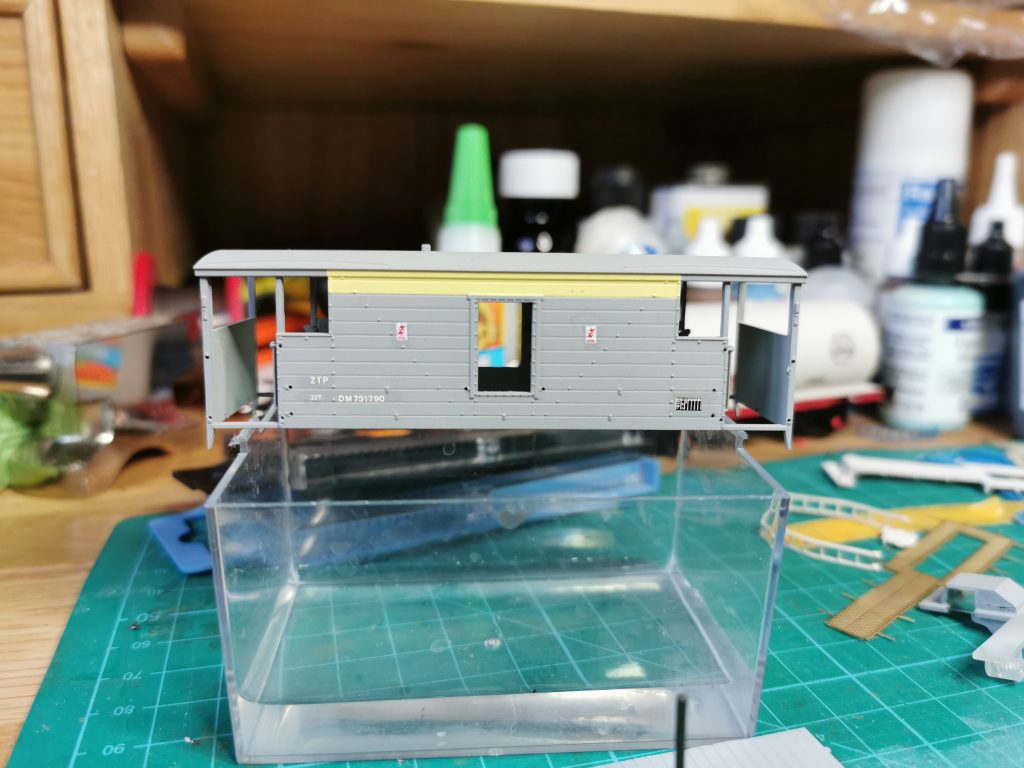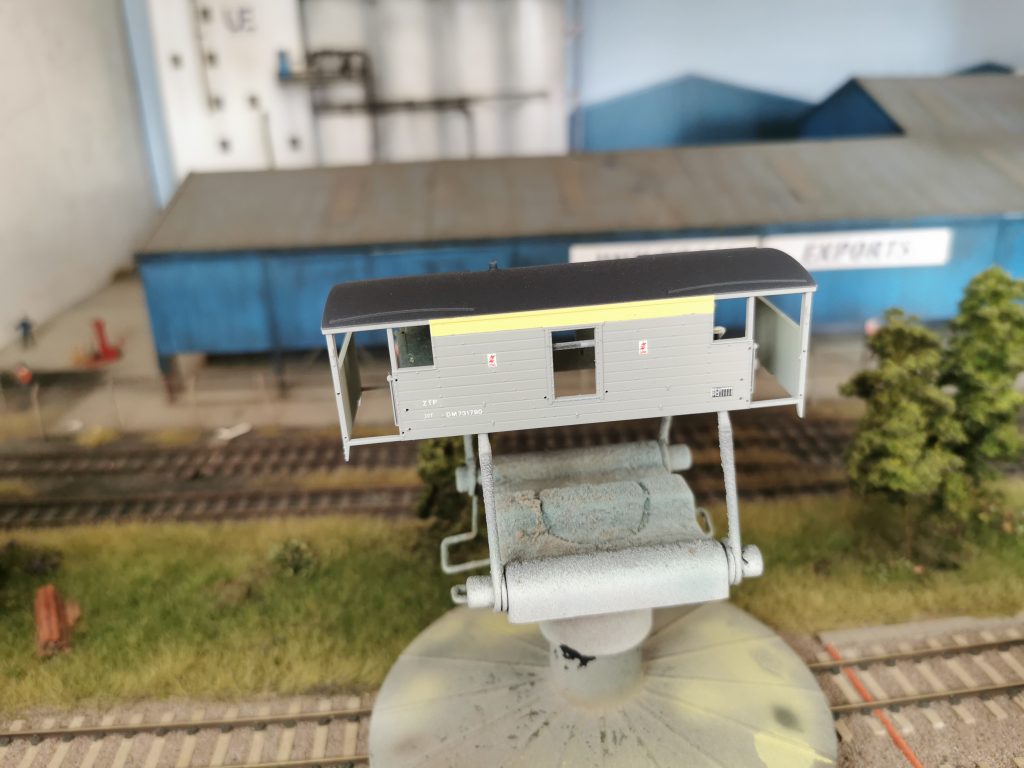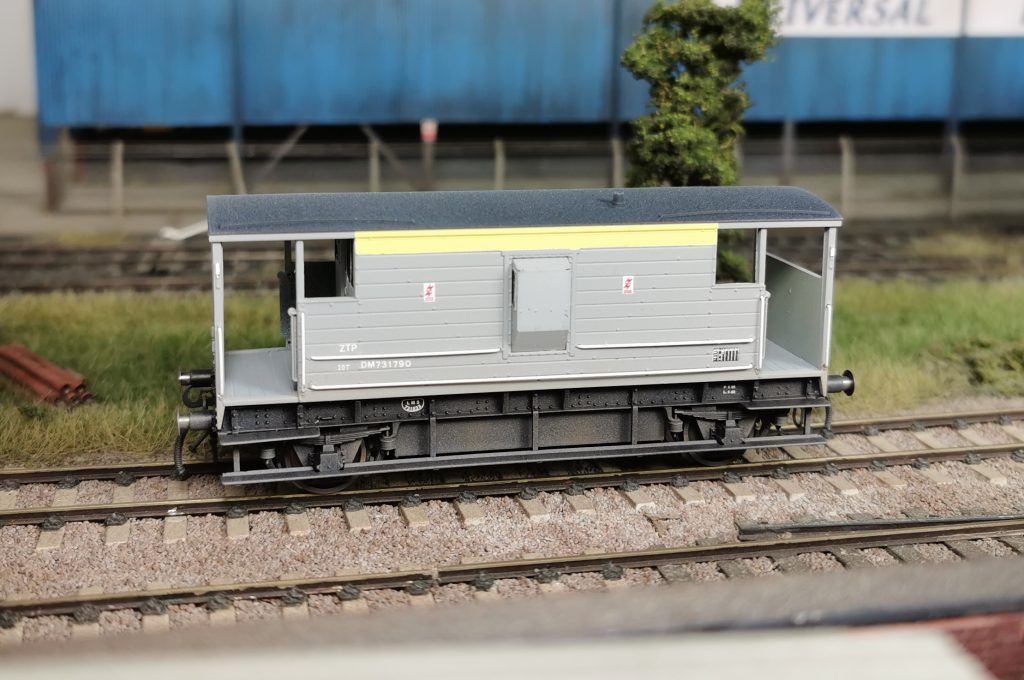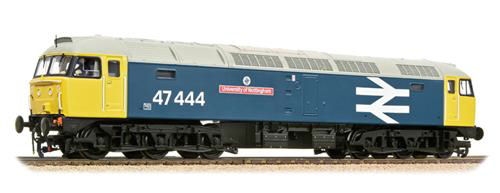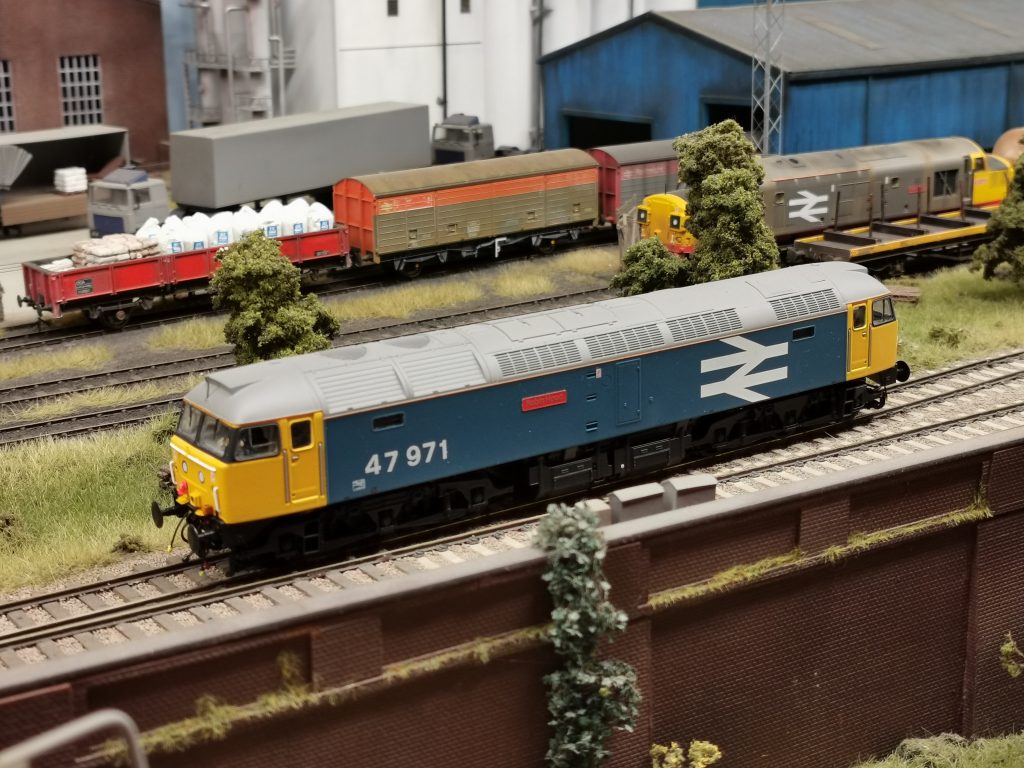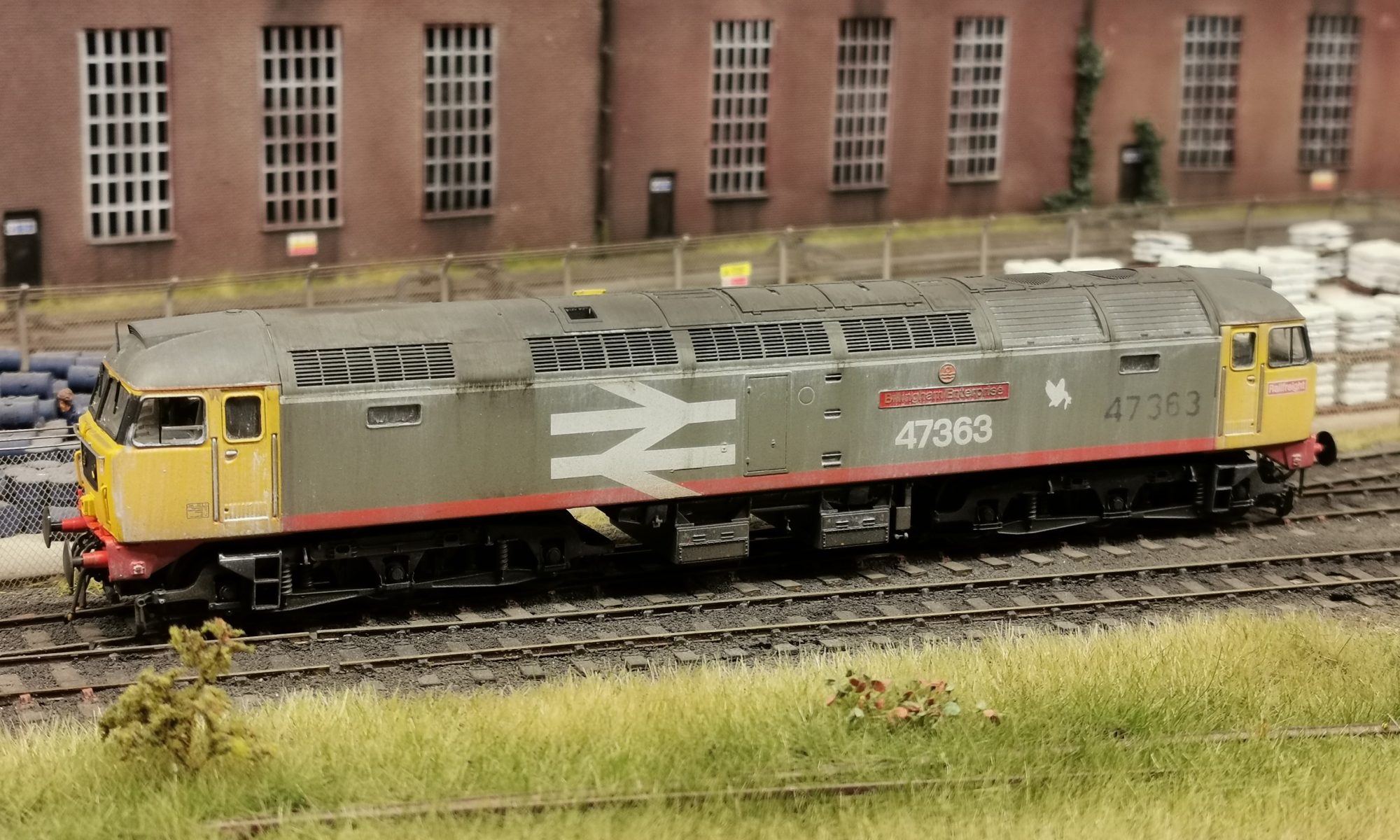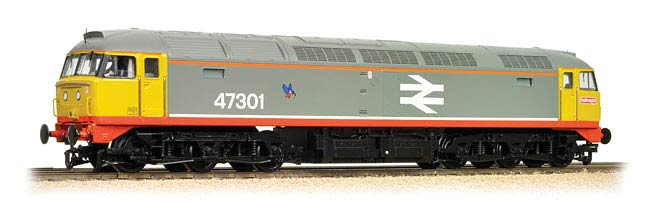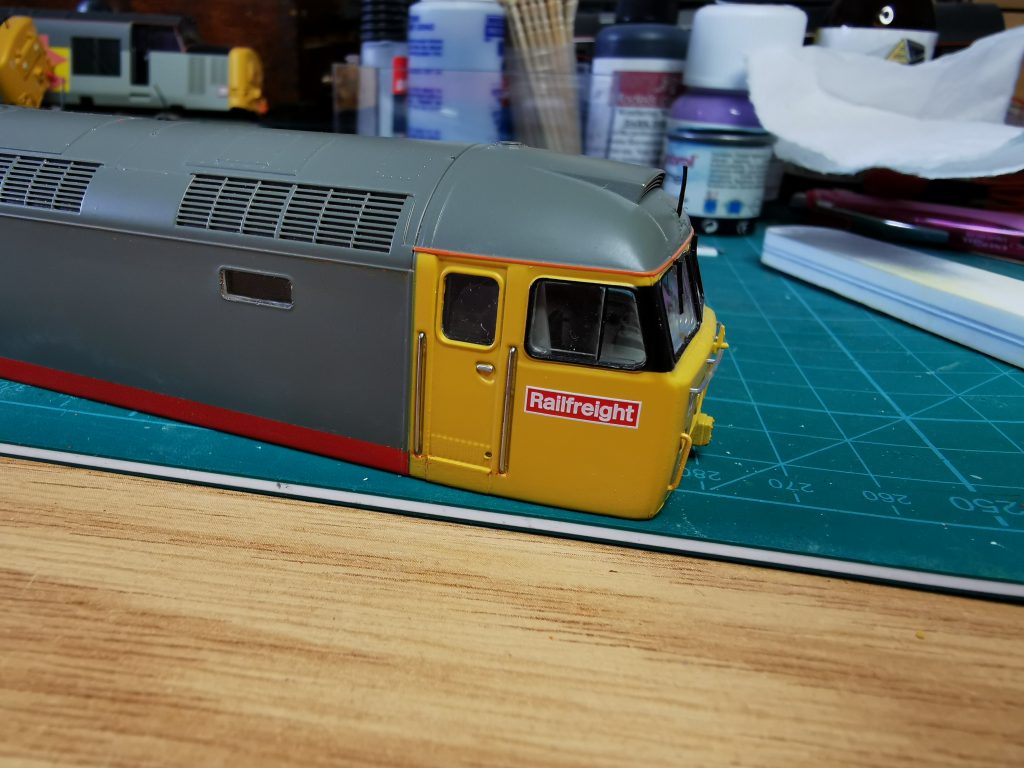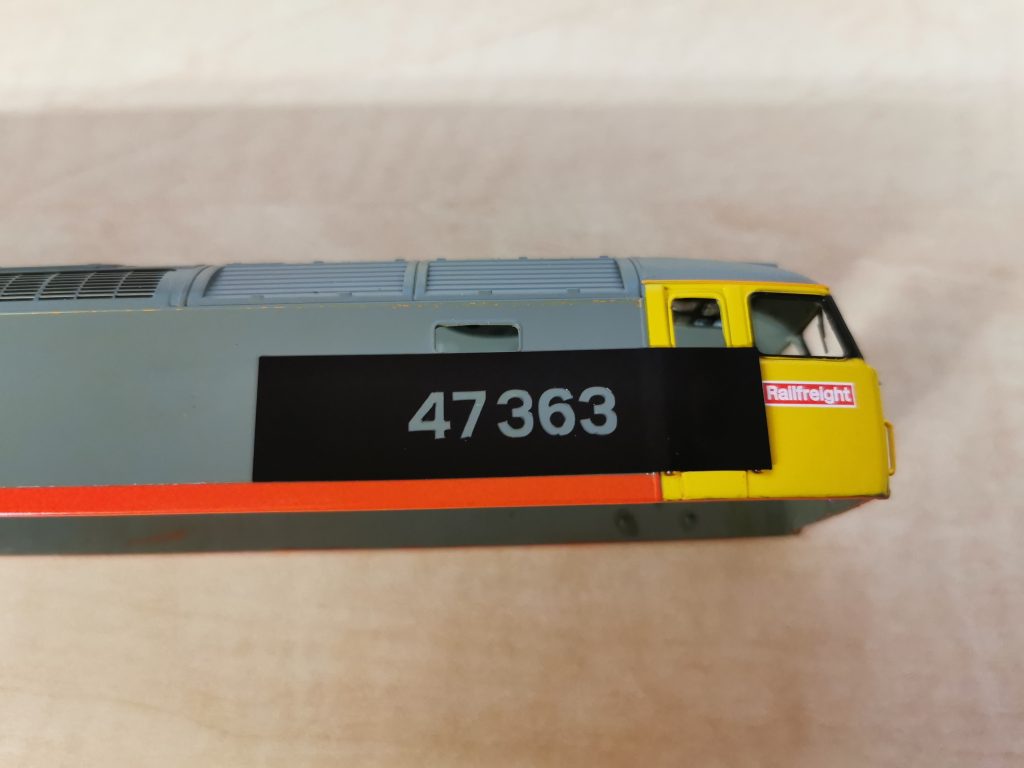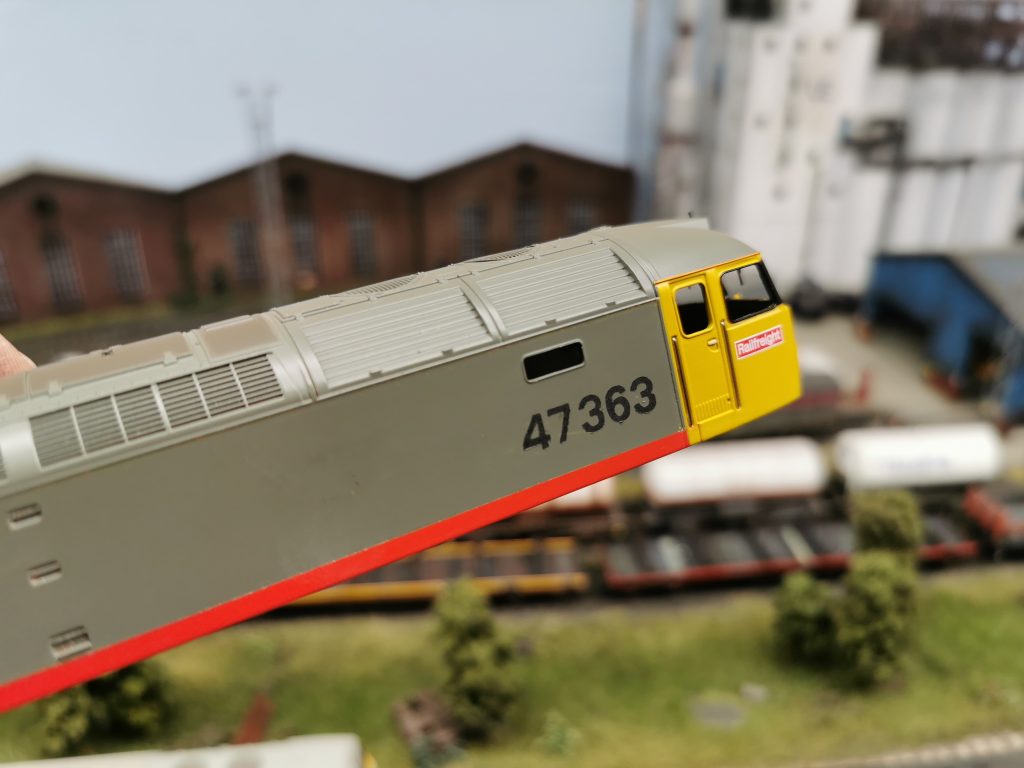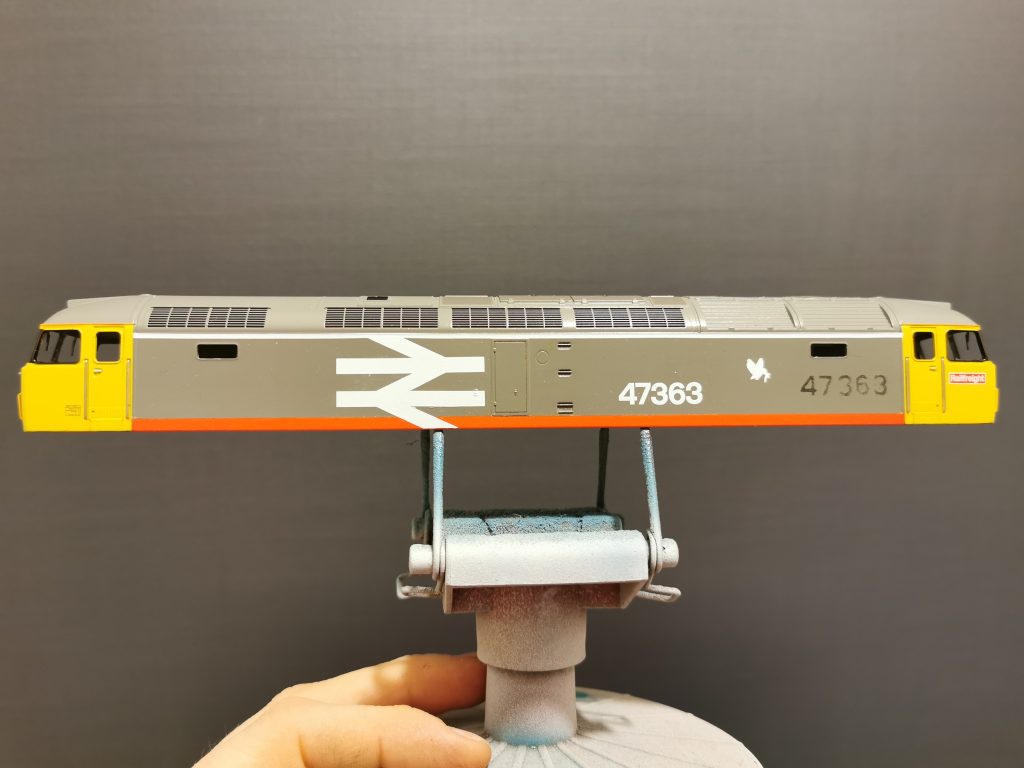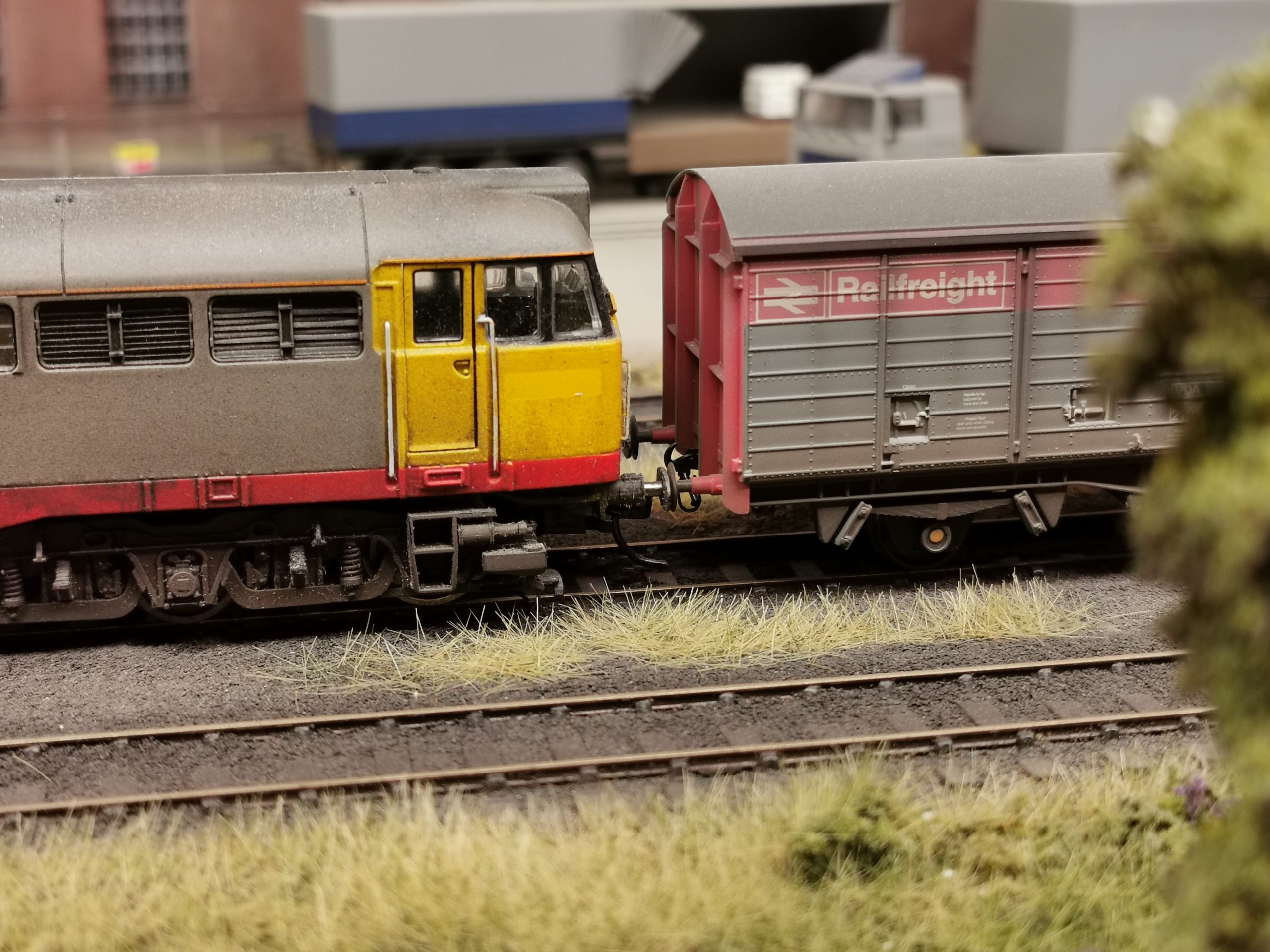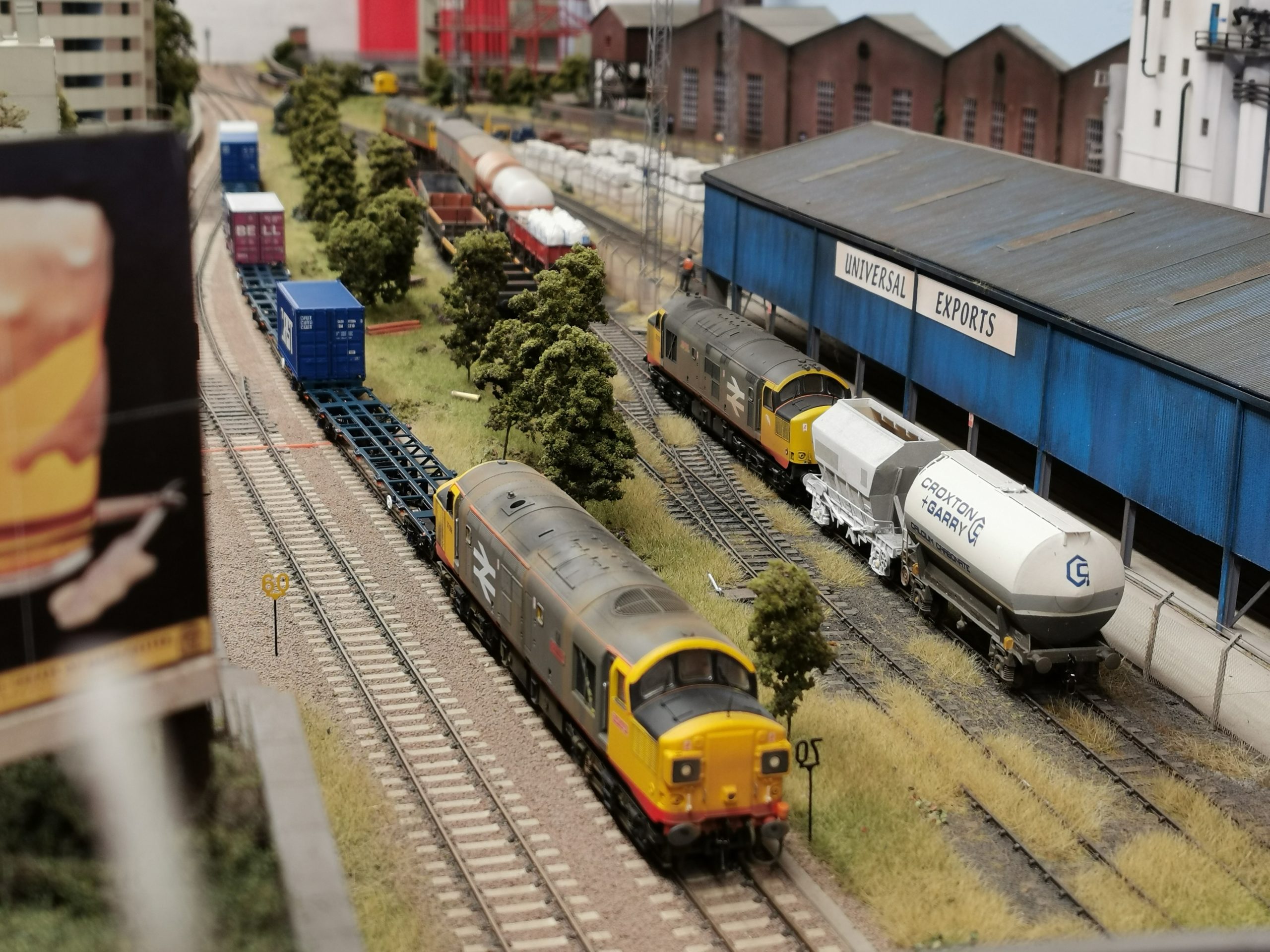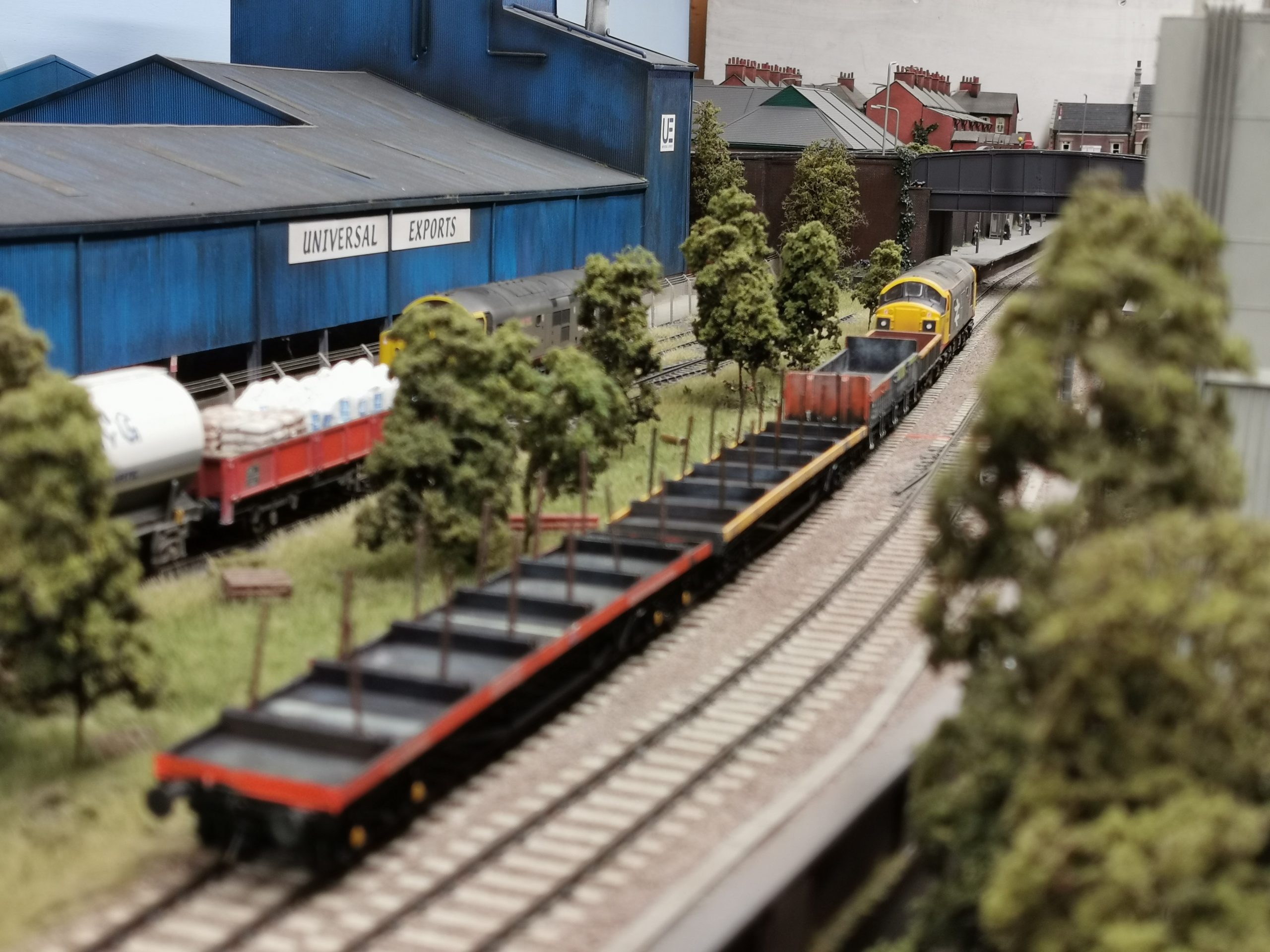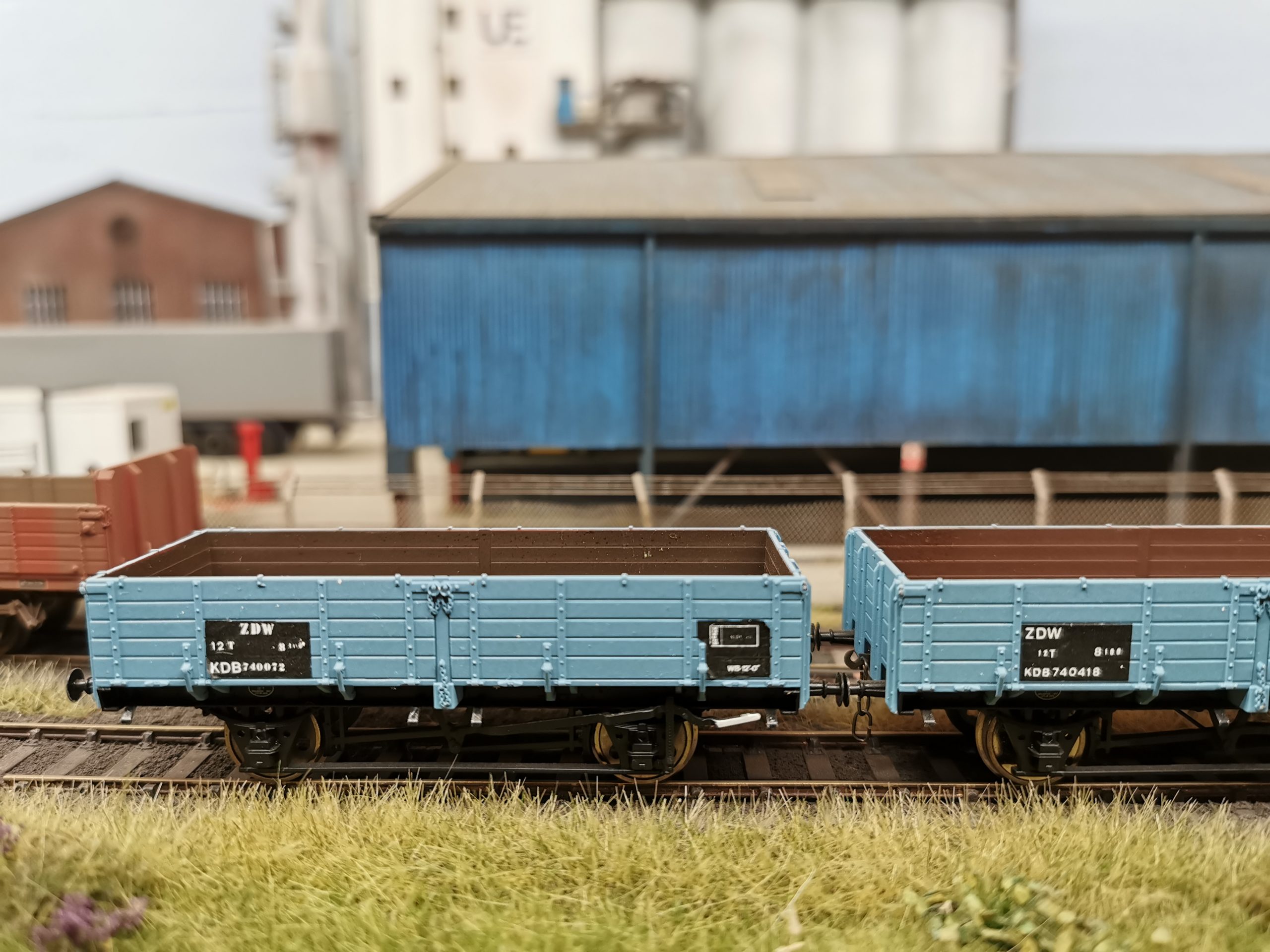With a couple of hours of free time, I managed to build a Cambrian BMA wagon. In 1980, eighty Boplates were rebuilt with air brakes and new bogies. After deciding on a prototype photo I built this kit as the instructions intended, with the addition of a 1mm x 0.5mm styrene stip to the sides. I’ve also added and bent some stanchions using 1mm x 1mm styrene square rod.
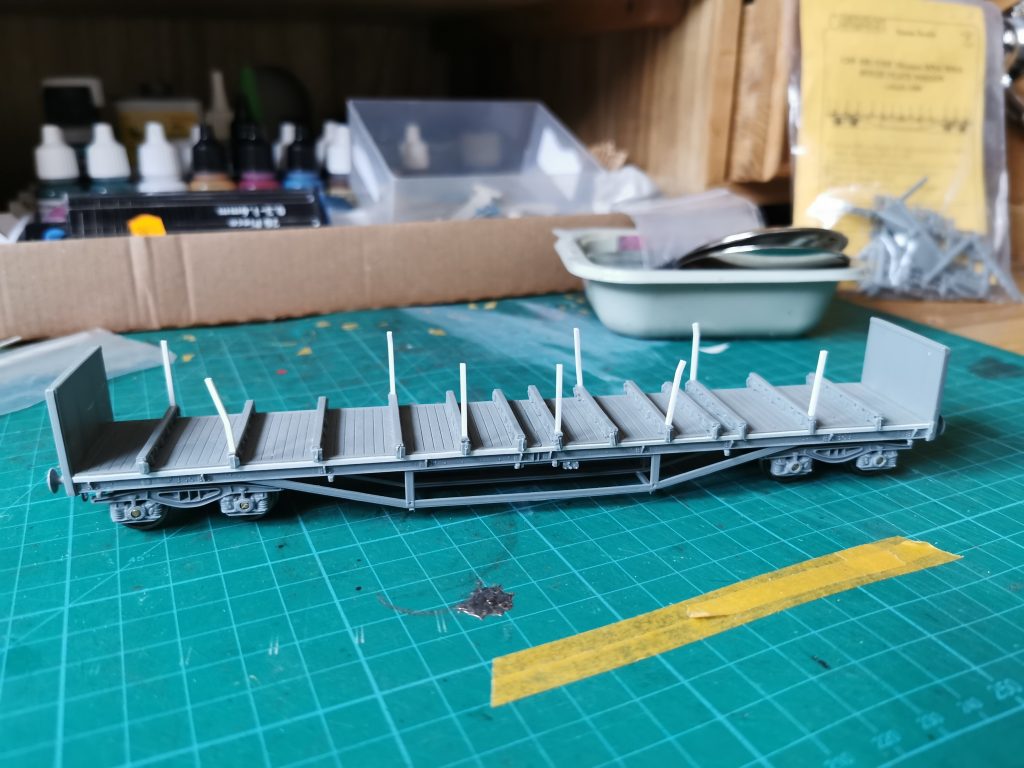
I thought about how I would paint this wagon, and concluded the easiest way would be to brush paint it. First though, I sprayed the whole wagon with Vellajo Grey Primer. The chassis was then painted black, and the axle boxes yellow.
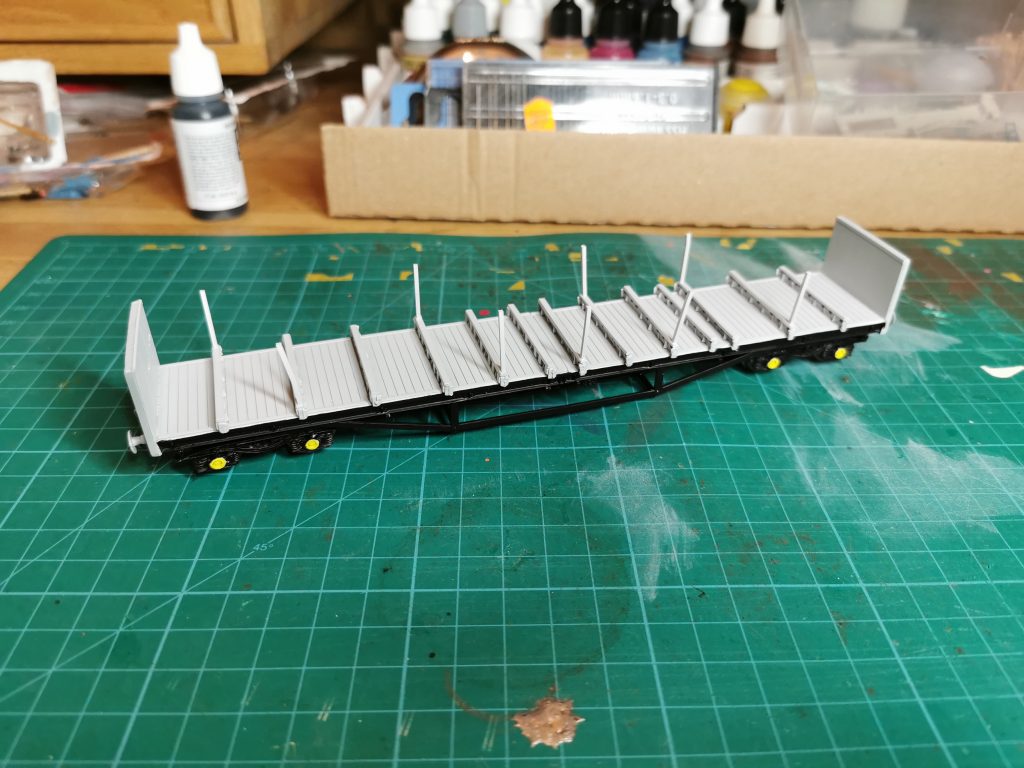
I then mixed some red, yellow and white until I had a railfreight Red that I was happy with. The outer ends were then painted, followed by the internal ends with a mix of brown leather and Charcoal grey.
The prototype photos show the BMA with dark wooden decks, so this and the bolsters where painted with a thinned wash of Charcoal Grey and Ash Grey to give a weathered wood effect. There’s a good photo here showing the wooden deck of a Boplate. The inner ends were also given a hint of railfreight Red, as this was something I spotted on one of Paul Bartlett’s photos from 1989.
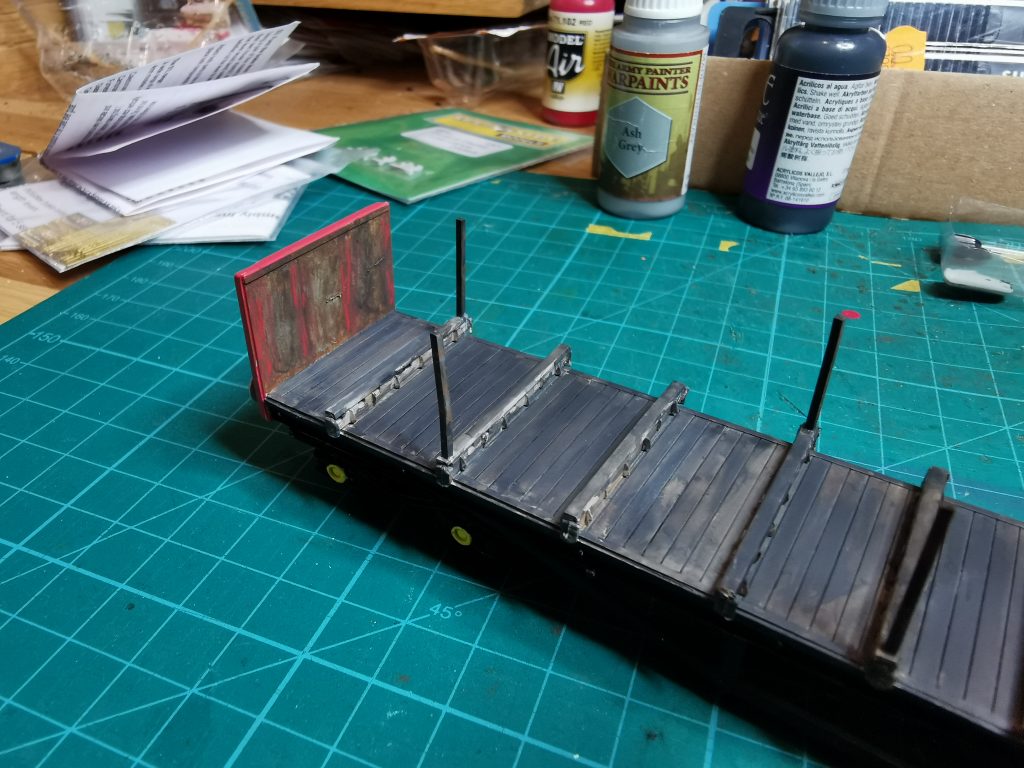
The wagon was numbered using a mix of individual numbers and letters, and the brake handwheels where added and painted white.

Finally, the wagon was weathered with the airbrush using the same colours and a wash applied to the outer ends for added work stains. Four blue ratchet straps were added to finish the model.
